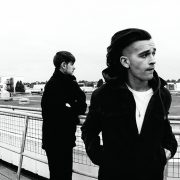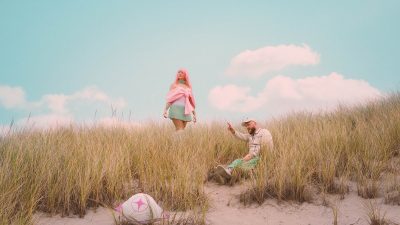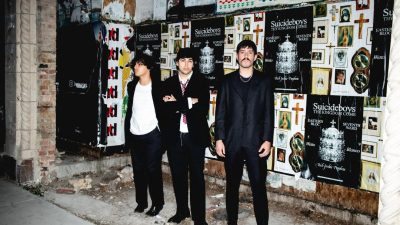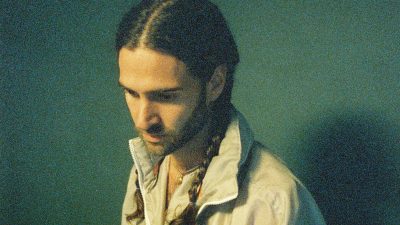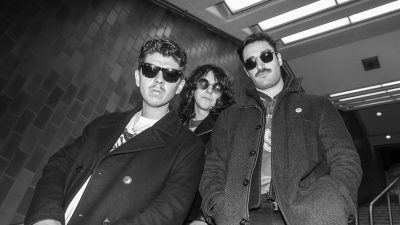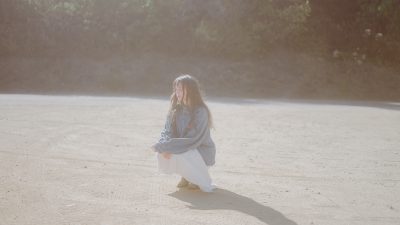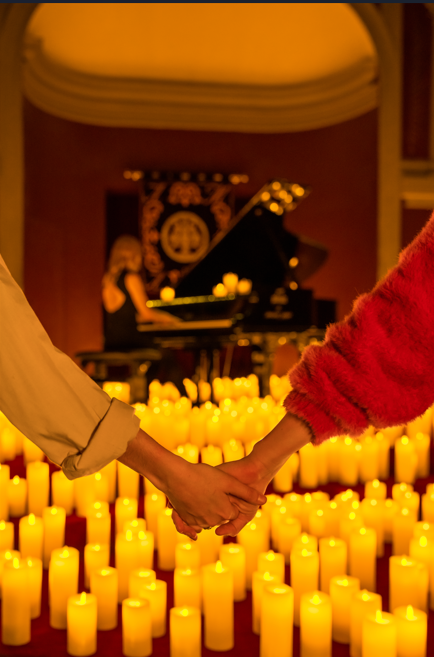The original Gunslingers, The Lonely Wild interview
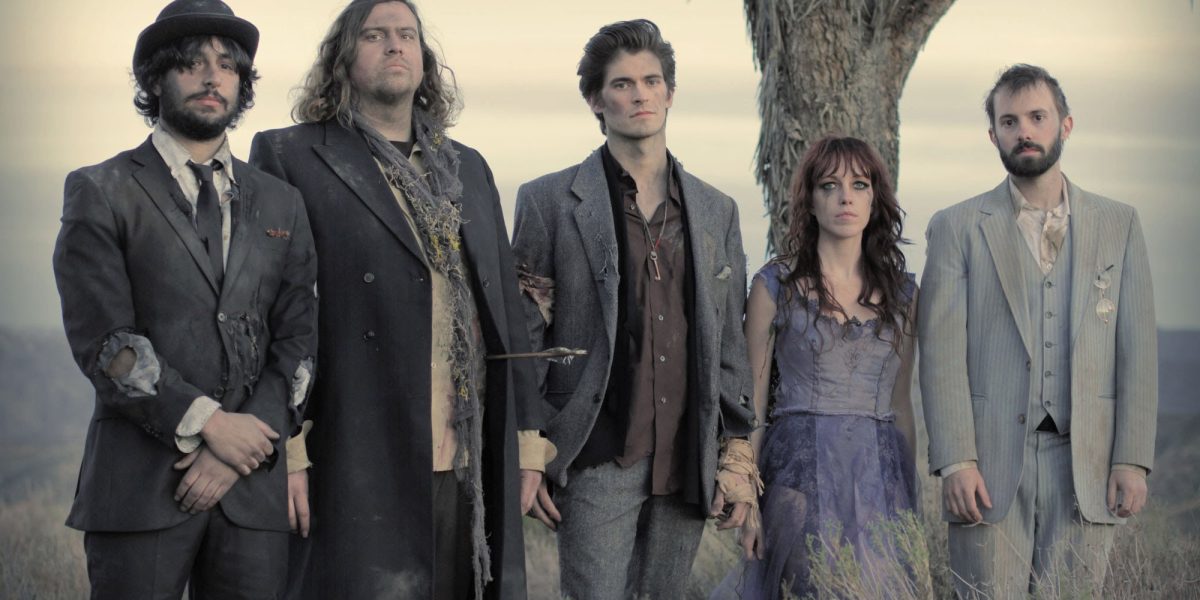
by Samuel Hernandez
The Lonely Wild are a rustic imagining of modern day gunslinger scores. They ride in with their shouts blazing, the horns prompting quick action, and their truly independently-funded spirit. That’s right, from the shadow of what was once the biggest indie band in the world – who weren’t actually an independent band at all — comes a band with so much fucking bravado that it’s amazing to think about the fact that they self-released their debut album. It won’t last long. But still there is a sense of the last gunslinger riding through the empty Wild West with the only true sense of what the desolation of the environment feels like.
“We draw inspiration from traditional American roots music,” Andrew Carroll, the lead singer and main lyricist tells me, “and writing about things that actually mattered.”
“For me there is an element of that spaghetti western sound. I love the grandiose cinematic quality of that. I wanted to do something new with it, add a texture. Living in Los Angeles you can drive out to the desert and just be struck by how grand and inspiring it is.”
The gunslinger runs afoul of parched travelers on “Over Edgeware” off the recent full-length album The Sun as It Comes, providing soaring vocals paired with the refuge of inviting weary travelers in. It’s like the feeling of live shows, an urgent guitar-driving, drum-pounding affair, where feet are in motion and shoulders are swaying. Everything is left on the stage, an exhausting effort, but the one the audience needs.
If you dig deep enough into the annals of band concerts, you’ll find a disposition for covering bands from the 70s: Neil Young, Pink Floyd, Bob Dylan, etc. The attachment is warranted, each of these artists deeply moved to say something impactful with their music, to leave an impression on listeners around the world. “He [Neil Young] would write deeply personal songs, but then turn around and write a protest song with a relevant social message.” Andrew says, and then his bandmate and harmony partner, Jessi Williams, chimes in, “Even his love songs weren’t as cheesy, and this is an artist that was receiving radio play.”
With that same spirit and intimacy, you can tell that each The Lonely Wild song is carefully constructed. This isn’t just a band that likes playing music for the attention, this is a band that likes music for the music: “This was the early days of the internet,” says Carroll, “and I would spend the time to research bands, and it would take two hours to download a song.” You put a lot in.
“The sound came before the name” – the band name chosen at the last minute after performing as “Andrew and some of his friends” — “I found myself listening to Ennio Morricone scores, going to record stores, and grabbing lesser known records (The Good, The Bad, and The Ugly his most famous). It came up subconsciously initially, and then at some point I was actively inserting the sound in with my modern interpretation. Now I’m trying to veer off a little bit to avoid being pigeonholed into a genre.”
There is the meta-struggle for most bands. The sound is unique: it doesn’t need to fear genre if nothing exists that’s too similar. But it still comes up. “I try to think about if the music I’m writing now sounds like The Lonely Wild, but I have to stop myself from going in that direction. Of course it’s going to sound like our band if we’re the ones up there playing it.”



